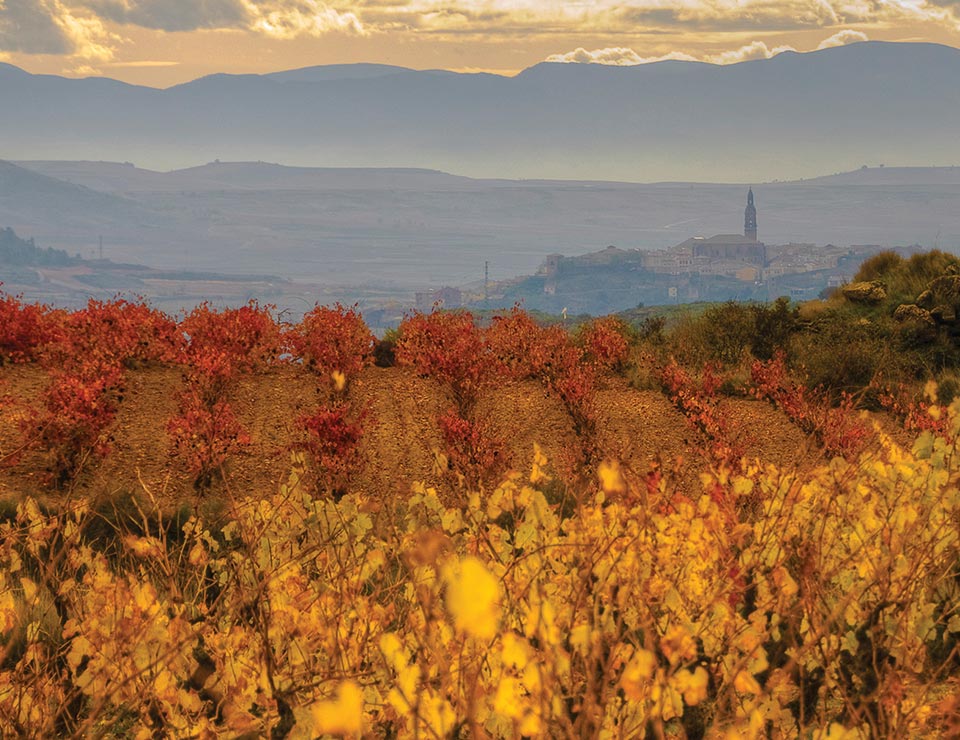Thankfully, basic wine laws and systems are pretty straightforward. (It takes more deduction to tell the taste differences between Pinot Noir and Merlot.) Wine is regulated by regional, state and local laws for everything from wine origin to labeling and distribution.
One of the most bewildering nuances of wine is the system for appellation, or "place of origin." As a novice, you don't have to know it all. But you do need to know it exists.
You might see letters as an element on a label, as appellation regulations can apply to boundary designations, grape varieties grown and winemaking practices, which often have an internal tiered structure.

These regulations were born out of the terroir concept — meaning the elements of a place create wines that faithfully express their origin. As such, appellation control helps guarantee place-based authenticity. It also influences reputation, economics and the perception of quality. Just as we expect something different from a Spanish Rioja than a Texas Tempranillo, we might even pay more for that label designation.
Many places have systems for regulating agricultural origin — from France to South Africa to New Zealand. Here are some examples:
In addition to the appellation system, some countries have classifications for specific estates/chateaus or vineyards. These also determine pricing structures. Here are some wine regions that commonly have estate classifications:

Beyond the appellation classifications listed above, most regions have additional layers designated by age — with higher classifications indicating longer times in the barrel. Depending on the region, there may be several levels, each with its own requirement.
In the Rioja DO, for instance, there are three levels for red wine:
"In oak .... the wine aromas and flavors — the vanilla, the toastiness, the yeasty, bread-like character — all of that comes from oak. And then the second thing you have going on ... is the exchange of oxygen between the wine inside the barrel and the environment in the cellar where you age your wine."— Juan Munoz-Oca